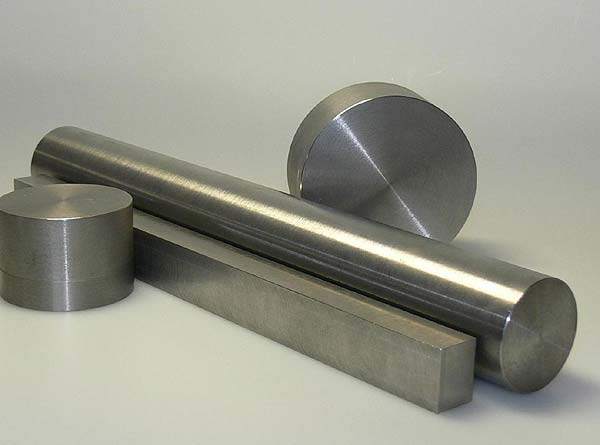The metals molybdenum and tungsten are very similar in their structures. Both metals have a body-centered metal lattice, the lattice constants varying only slightly. Consequently molybdenum and tungsten can be alloyed with one another in any proportion desired without new alloy phases occurring.
If increasing tungsten contents are alloyed to pure molybdenum, the properties of molybdenum gradually assume those of tungsten. In the case of density and thermic expansion, this transition is basically linear. At first other properties only change gradually as the tungsten content increases, as soon as the tungsten addition increases a more rapid transition to tungsten properties occurs, e.g. melting point, hardness, tensile strength, etc.
For the technical application of molybdenum-tungsten alloys, those properties which change considerably with alloy composition are of particular importance.
An example is the behaviour of the alloys under constant load at high temperature, the creep behaviour. For example, an addition of 9% W to molybdenum is already sufficient to considerably increase the creep strength.
Also corrosion behaviour sometimes shows surprising results. For example, the results of long-term corrosion tests of molybdenum-tungsten alloys in molten zinc are compiled.
It became apparent that a molybdenum alloy with 5% tungsten absorbs considerable quantities of zinc which is then deposited at the grain boundaries. This reduces intergranular strength, leading to a rapid decrease in strength.
Tungsten and molybdenum manufacturer-Zhengzhou Sanhui Co., Ltd has been dealing in refractory metal for over 24 years. Come to us for varied refractory metal products.



























